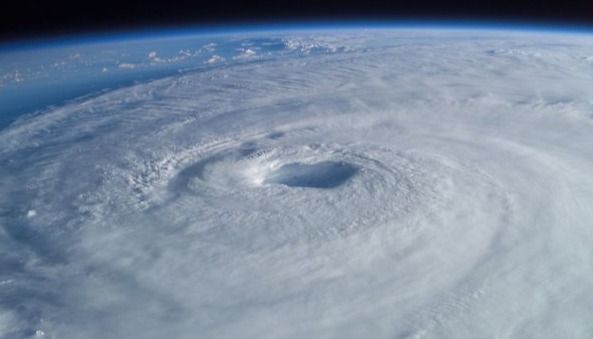We were asked to build ML models using the novel xBD dataset provided by the organizers to estimate damage to infrastructure with the goal of reducing the amount of human labour and time required to plan an appropriate response. This article will focus on the technical aspects of our solution and share our experiences.
In this article, we focus on the technical aspects of the machine learning solution that we implemented for the xView2 competition. We created ML models to assess structural damage by analyzing satellite images taken before and after natural disasters. We used PyTorch to build our models and fast.ai to develop their critical parts. Test out our solution here.

Introduction
The Appsilon Data Science Machine Learning team recently took part in the xView2 competition organized by the Defense Innovation Unit (United States Department of Defense). Participants set out to utilize satellite imagery data to assist humanitarian efforts during natural disasters. We were asked to build ML models using the novel xBD dataset provided by the organizers to estimate damage to infrastructure with the goal of reducing the amount of human labour and time required to plan an appropriate response. You can read more about the details of the competition and the dataset in our previous blog post on the topic.
The models we submitted achieve high accuracy – 0.83792 for localization, 0.65355 for damage and 0.70886 overall. Whilst some competitors submitted even more accurate models, we believe that for the model to be useful it must have an interface that enables everyone to leverage its capabilities. Therefore, we developed an intuitive user interface and implemented it in Shiny using our own shiny.semantic open source package.
In this article, we focus on the technical aspects of our solution and share our experiences in building machine learning models that are able to accurately localize buildings and assess their damage. We used PyTorch to build our models and fast.ai to develop their critical parts. This remarkable library allows for rapid experimentation and utilization of the latest technical developments in the field of Computer Vision.
The Damage Assessment App
We implemented our models within a Shiny app that allows the user to explore the impact of several real-world natural disasters by running our model on built-in scenarios such as Hurricane Florence and the Santa Rosa Wildfire.
One of the scenarios, the September 2018 earthquake in Indonesia, caused a major tsunami which reached the provincial capital of Palu. This caused significant property damage in the area:

#fast.ai #image recognition #natural disasters #neural networks
